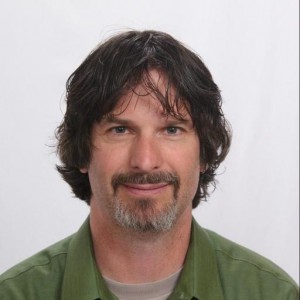As a trainer, coach and software craftsman, Curtis is committed to finding and sharing safer, better and more effective ways to build software. As a coach and trainer of Agile teams, his passion for building better software is contagious. Curtis teaches concepts like pair programming, TDD and refactoring to software teams by working with them on their project; using the teaching and doing approach, which he has found to be the best way for teams to absorb new software techniques, strategies and methodologies. Curtis believes self-organizing, dedicated teams build great software.
Curtis is a huge fan and proponent of TDD and Refactoring, and endeavors to keep code clean, readable and maintainable. He loves teaching others how to be Agile and Lean, and to write code pairing with other professionals at Industrial Logic on eLearning Albums. He is very passionate about protecting the meaning of Agile from the watered-down “certificate” it’s becoming.
Curtis has delivered Agile coaching and training for over 20 years. He began teaching, mentoring and coaching out of his passion for XP and the desire to share his ideas with fellow programmers. He has a myriad of languages under his belt, including Java, Ruby, Groovy, and UNIX Shell allowing him to tackle most any software project. While working at RADSoft, one of his coworkers noted his ability to gently win over the hearts of skeptics new to Agile software development by setting the example for the team.
Since 2002, Curtis has coached teams, often several at a time, to master XP practices including TDD, refactoring, continuous delivery, and emergent design. He’s taught teams how to be Agile, not just “do” Agile. For example, Curtis helped a very skeptical team accept TDD by pair programming with each member and showing how test first, merciless refactoring, and emergent design lead to cleaner and more maintainable code.They needed to see it in action to grok the process. In another situation, Curtis overcame the initial resistance to seeing XP inspired technical practices as “extra work” by showing TDD code alongside non-TDD code, and asking folks to make very minor changes to each codebase. Once teams see the principles in action they come around, since everyone wants to work in the clean and maintainable code base that TDD creates.
Curtis holds a degree in computer science from Eastern Washington University. He lives with his family in the heart of the beautiful Inland Northwest – Spokane, Washington, where they enjoy skiing in the winter and camping in the summer. He enjoys studying and contributing to the Agile community and learns something new every day.




